Belt and Road
Your Present Location: PROGRAMS> Belt and Road-
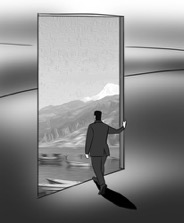
Ding Gang: B&R will help develop Himalayan region
Looking at the Chinese side from close to the Sino-Nepal Friendship Bridge gives you the feeling of being at the foot of a huge mountain while Zhangmu, a border town of China, stares from the hillside. Crossing over the mountain and going up, you arrive at Shigatse in China, which stands at 3,800 meters. The China-Nepal border is surrounded by mountains that are tall even by global standards.
2018-06-07 -
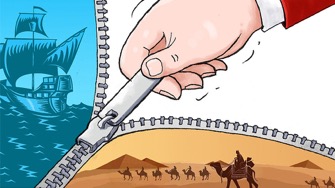
Wang Yiwei: When SCO meets BRI-What should the world expect?
The 18th Summit of Shanghai Organisation Cooperation (SCO) is opening soon in the seaside city of Qingdao, China. This summit will be the first one after its expansion including India and Pakistan.
2018-06-06 -
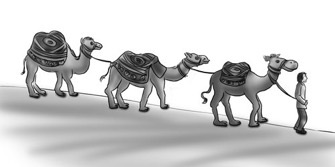
Wang Yiwei: Tax cooperation can help B&R achieve aspiration
Tax cooperation related to the Belt and Road (B&R) initiative has entered a new era. A conference related to B&R tax cooperation, recently held in Astana, capital of Kazakhstan, created a framework for establishing long-term mechanisms for tax cooperation. This will have a positive impact on the construction of a global economic governance system.
2018-05-29 -

Belt and Road Initiative: Creating a smoother path
2018 marks the fifth anniversary of the creation of the Belt and Road Initiative. The experience over the past five years has shown that the initiative is not necessarily smooth sailing, nor is it something that can be built overnight. How we overcome the challenges in the future will greatly test the strength and stamina of China’s foreign strategy.
2018-05-21 -
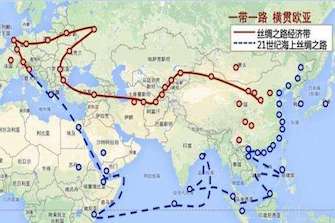
First Belt and Road graduate school launched
To support the Belt and Road Initiative (BRI), Beijing-based Renmin University of China (RUC) launched the first graduate school in the country named after the Initiative—the Silk Road School—to cultivate high-end international professionals and future leaders from Belt and Road countries and regions.
2018-05-17 -
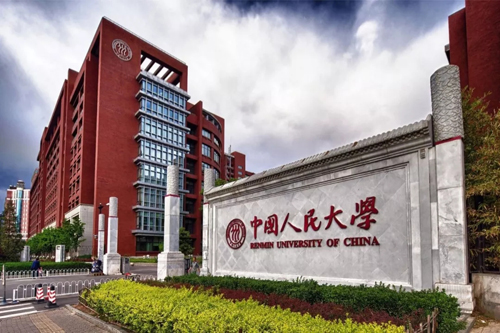
2018 Scholarship to Study in RUC Silk Road School
The Master of Contemporary Chinese Studies (MCCS) is a key measure by Renmin University of China (RUC) to actively support the Belt and Road Initiative (BRI) in education. Following several years of preparation, the program leverages RUC’s educational platform, international operational experience and high-level think-tank resources to train future elite leaders for countries along the BRI that have a passion for Chinese culture, understand profoundly the path, model and experience of China’s de
2018-05-07 -
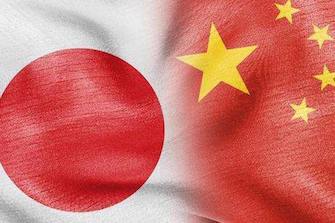
Ding Gang: How China, Japan can cooperate on B&R
The Belt and Road initiative was heatedly discussed at the ongoing China-Japan high-level think tank-media dialogues, reminding me of the European Coal and Steel Community, an organization set up in 1951 by six European countries to regulate their industrial production under a centralized authority.
2018-04-26 -
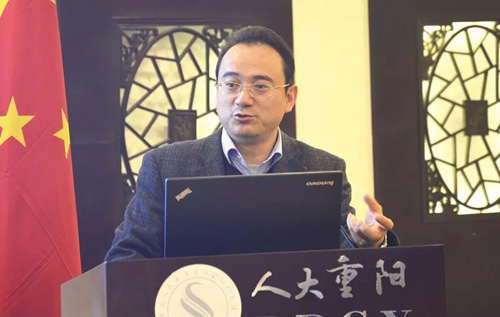
Wang Jianhua: How to reduce cognitive deficits in communicating with B&R countries
On the evening of April 9th, RDCY Seminar Series No.108 was held in Chongyang Institute for Financial Studies at Renmin University of China (RDCY). Professor Wang Jianhua from the School of Foreign Languages at Renmin University of China (RUC) was invited to give a lecture on the “Belt and Road” and cultural exchanges, as well as the translation that should be paid attention to in communicating with the countries along the “Belt and Road”.
2018-04-18 -
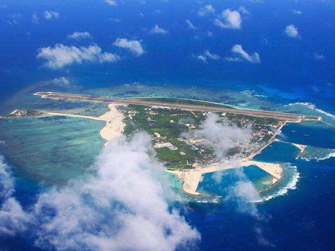
Belt and Road Initiative and Possible Impacts on the South China Sea Issue
Since China proposed the Belt and Road Initiative (BRI) in late 2013, the impacts of the 21st century Maritime Silk Road (MSR) construction on the South China Sea (SCS) issue become a focal point of both academic research and public concern.
2018-04-10 -

Jean-Guy Carrier: The B&R Initiative, a Great Boon to the World
The Belt and Road Initiative is the most important development project of the 21st Century. It will invest trillions of USD to build roads, railways, ports, airports, and telecommunications systems throughout the more than 60 countries along the Belt and Road in Africa, Asia Pacific, the Middle East, and Europe. This scale of investment will help lift millions of people out of poverty as it improves living standards in the countries along the routes and beyond.
2018-03-28 -

Danilo Türk: Multipolar world calls for a new framework for global cooperation
The situation has changed dramatically over the past three decades. The political, economic and technological changes that happened in our generation have produced a pluralistic global society characterized by a plurality of different, powerful and competing versions of modernity.
2018-03-20 -

Wang Yiwei: Could Belt and Road Initiative bring debt problems to small countries?
Debt imperialism! The Western media has given the Belt and Road Initiative (BRI) a new name. This label seems to have come about after more than 86 countries and international organizations signed the 102 Memorandum Of Understanding with the Chinese government to jointly build BRI projects, but some Western companies feel they do not have enough access to BRI projects.
2018-03-16 -
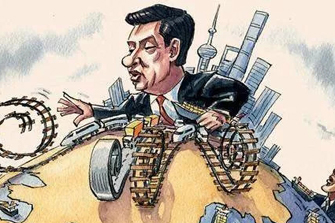
Wang Yiwei: European Changing Attitude towards Chinese BRI
General Secretary Xi Jinping pointed out in his report to the 19th CPC National Congress that with decades of hard work, socialism with Chinese characteristics has crossed the threshold into a new era.
2018-03-13 -

Wang Wen: China should shrug off Indian scholar`s slander against B&R
This new round of negative opinions risks damaging China`s image not only at the macro level, but also at the micro level such as project details, specific operations and financial accounting. It means more elaboration is required as the B&R enters the strategic development stage.
2018-03-02 -
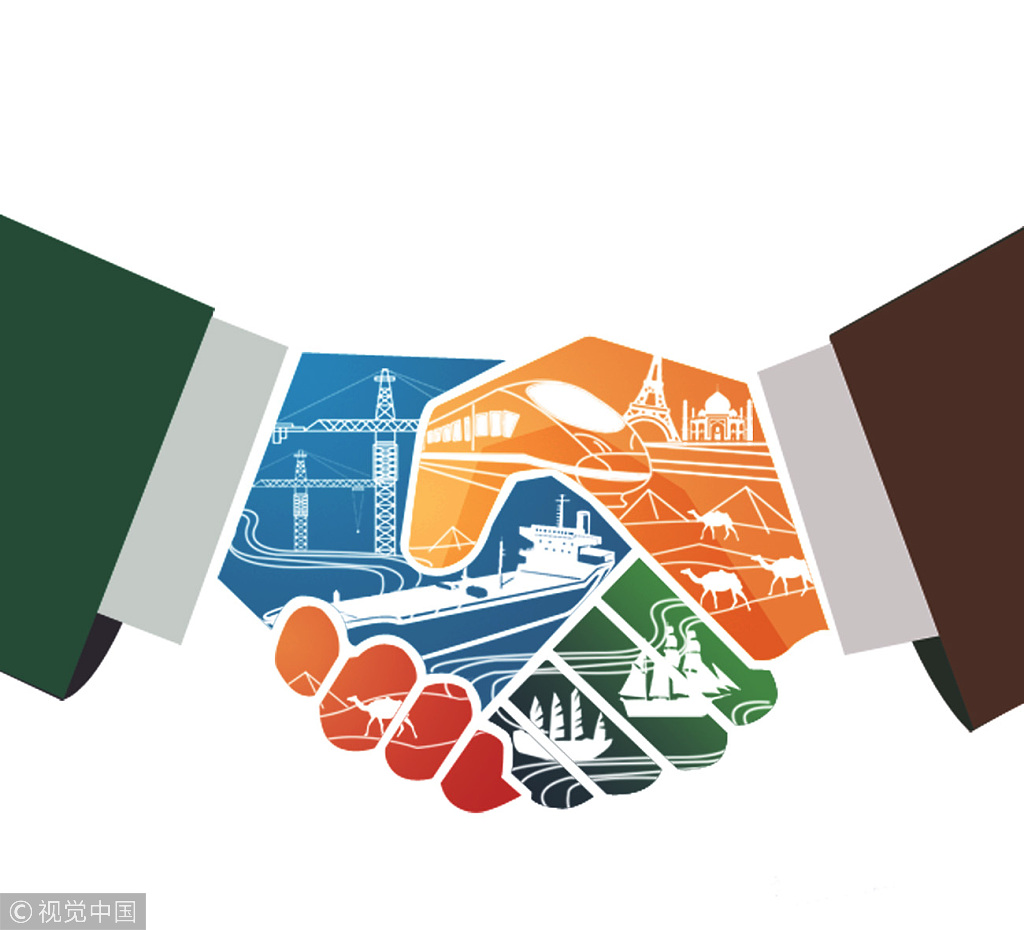
Wang Yiwei: Initiative not a threat to the West
At the 54th Munich Security Conference, German Foreign Minister Sigmar Gabriel rejected the China-proposed initiative, saying that it is not in the interests of democracy or freedom, and that the West needs to offer an alternative. Gabriel said China was using the initiative`s infrastructure fund to promote a value system different from the West, and the European Union should launch its own initiative to promote the development of infrastructure from Eastern Europe to Central Asia and also in Af
2018-02-27 -

Wu Sike: B&R Initiative not zero-sum game
U.S. President Donald Trump`s new Middle East policies have had considerable impact on regional issues. Where lies the Middle East`s future, and how will any changes influence the world in 2018? To better answer those questions, China.org.cn had an exclusive interview with Wu Sike, the Chinese government`s former special envoy to the Middle East.
2018-02-25 -
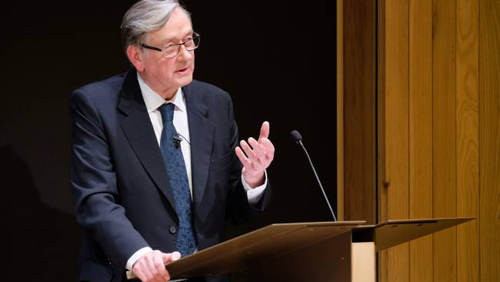
DaniloTürk: Bridge building of the BRI can help build stability and peace of the world
Dr Türk concluded his lecture by stating: "Building bridges is a good metaphor in politics in general and international relations in particular. There is no surplus of bridges in our world. We clearly need a few more. The Belt and Road Initiative and its central idea – connectivity – comes close to the building of bridges in its technical meaning, as an exercise of construction. And as any construction, bridge building must observe the relevant technical standards, the right choice of location,
2018-02-07 -
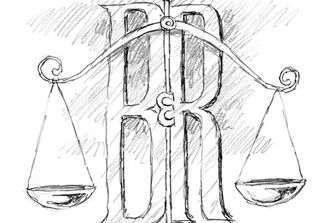
He Quanlin, Chen Xiaochen: Belt and Road requires new global dispute regime
In recent years, the Belt and Road (B&R) initiative has developed rapidly. Countries and regions along the route of the initiative have conducted in-depth cooperation in infrastructure, energy, trade, investment and finance since President Xi Jinping proposed the B&R initiative in 2013. However, along with such cooperation, disputes are also rising, making it extremely urgent to establish a dispute settlement regime for the B&R.
2018-02-02 -

Belt and Road adds 200,000 foreign jobs
China`s outbound investment in economies participating in the Belt and Road Initiative climbed to some$70 billion between 2014 and 2017, providing more than 200,000 jobs for local people, according to a former top government official.
2018-01-22 -
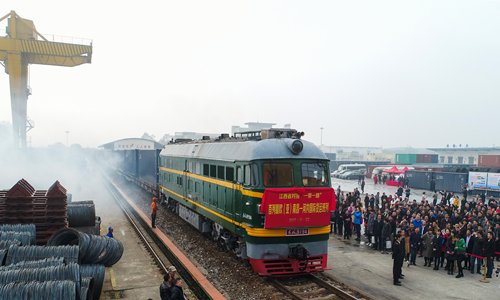
B&R reshaping economies, trade
The new freight route, which is part of the Belt and Road (B&R) initiative, also brings authentic British products such as whisky and baby formula to the world`s second-largest economy.
2017-12-22























































































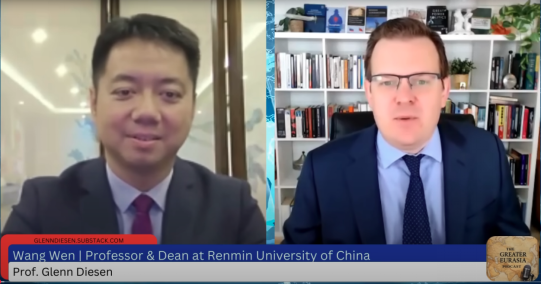
 京公网安备 11010802037854号
京公网安备 11010802037854号





